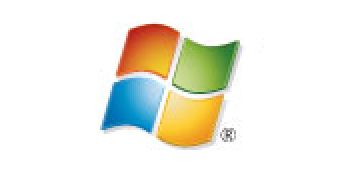The embedded flavor of Windows 7 now allows customers to check whether the images they build can be licensed under a number of licenses offered by Microsoft. The Redmond company is currently offering the License Assessment Tool for Windows Embedded Standard 7 only to OEMs via the ECE/MOO websites. However, the promise from the software giant is that moving forward, the License Assessment Tool for Windows Embedded Standard 7 would also be served through the Windows Embedded Developer Update (WEDU) channel, as the end purpose is to reach as broader availability as possible.
According to Weijuan Shi, Program Manager of the Embedded Windows Customer Strike Team, the licenses that the License Assessment Tool for Windows Embedded Standard 7 is capable of checking images against are WS7P, WS7E, or WS7C.
“The tool does the SKU assessment by comparing your image, as either an answer file (.xml) or a DISM package output file (.dpo), against the known requirement for that SKU,” Weijuan stated. “You can get the answer file either on your developer machine (e.g. with the Image Configuration Editor tool), or the target machine where an image is already deployed on. A DPO file is a slightly different concept but very easy to understand. It is basically an XML file where the info of all packages on a deployed image is dumped to. You can either use the DISM command directly or use the batch file DismPackageOutput.bat that locates in the same directory of the tool after it’s installed on your machine.”
In this regard, the DISM command that can be leveraged could look like this: %WINDIR%\System32\dism.exe /Format:List /English /Online /Get-Packages > MyImage.dpo. The tool is designed to analyze an image and check for differences compared to the 3 SKUs available from the Redmond company. Customers will be required to explain any differences that might prevent a Windows Embedded Standard 7 image from being licensed as WS7P, WS7E, or WS7C.
“As we know, the smallest addressable unit in a Windows Embedded Standard 7 image is a package. However, the definition of different SKUs is at the feature level. Therefore, there is this challenge to map features to packages precisely. Plus, there are also times where a package is brought into your image as a dependency even though you didn’t intend to bring it in. The challenge is very fundamental and need great effort to solve. Our team is continuing looking at other approaches in future releases,” Weijuan added.
32-bit (x86) Windows Embedded Standard 7 RTM, 64-bit (x64) Windows Embedded Standard 7 RTM and the Windows Embedded Standard 7 Evaluation toolkit are available for download here.
Windows Embedded Developer Update is available for download here.
Follow me on Twitter @MariusOiaga.

 14 DAY TRIAL //
14 DAY TRIAL //